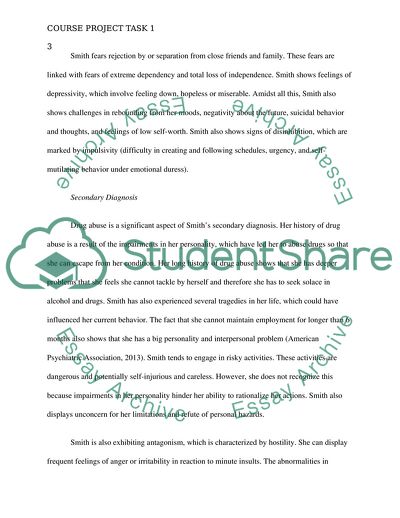Cite this document
(The Primary Diagnosis in Smiths Case Study Example | Topics and Well Written Essays - 1250 words, n.d.)
The Primary Diagnosis in Smiths Case Study Example | Topics and Well Written Essays - 1250 words. https://studentshare.org/psychology/1857133-course-project-task-1
The Primary Diagnosis in Smiths Case Study Example | Topics and Well Written Essays - 1250 words. https://studentshare.org/psychology/1857133-course-project-task-1
(The Primary Diagnosis in Smiths Case Study Example | Topics and Well Written Essays - 1250 Words)
The Primary Diagnosis in Smiths Case Study Example | Topics and Well Written Essays - 1250 Words. https://studentshare.org/psychology/1857133-course-project-task-1.
The Primary Diagnosis in Smiths Case Study Example | Topics and Well Written Essays - 1250 Words. https://studentshare.org/psychology/1857133-course-project-task-1.
“The Primary Diagnosis in Smiths Case Study Example | Topics and Well Written Essays - 1250 Words”. https://studentshare.org/psychology/1857133-course-project-task-1.


